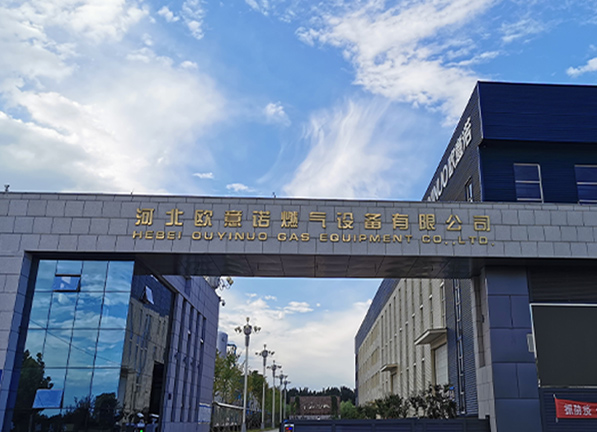
8 月 . 16, 2024 16:51
Back to list
Optimizing Performance at Reducing Stations for Enhanced Efficiency and Reliability
Understanding Reducing Stations Their Role and Importance in Modern Industry
Reducing stations play a critical role in various industrial processes, particularly in the utility sector where the management of steam and gas is paramount. These facilities are designed to reduce the pressure of natural gas from high-pressure transmission systems to a lower pressure suitable for distribution and usage in residential and commercial settings. This article explores reducing stations, their operation, and their significance in ensuring efficient and safe energy delivery.
What is a Reducing Station?
A reducing station, often referred to as a pressure reducing station (PRS), is a facility used to manage and regulate the pressure of gas or steam. In natural gas applications, the incoming high-pressure gas from transmission pipelines is reduced to a lower pressure that can be safely transported and used within homes and businesses. The process involves a series of equipment including pressure regulators, valves, and metering devices.
How Do Reducing Stations Operate?
The operation of a reducing station is straightforward but crucial for maintaining safety and efficiency. Upon entering the station, high-pressure gas is typically metered to measure the flow and pressure accurately. As the gas moves through the reducing station, it encounters pressure regulators, which are designed to automatically reduce the pressure to a predetermined level.
These regulators are equipped with spring-loaded mechanisms that open and close in response to the pressure changes, ensuring that the output pressure remains stable despite variations in the input pressure. Additional safety features, such as relief valves, are also integrated to prevent overpressure scenarios, which can lead to dangerous situations.
Different configurations of reducing stations exist depending on the scale of operations
. Small-scale reducing stations can often be found in residential areas, while large, complex systems serve commercial and industrial applications.Importance of Reducing Stations
reducing station

The significance of reducing stations can be understood from several perspectives
1. Safety High-pressure gas can be dangerous and potentially explosive. Reducing stations mitigate the risks by ensuring that gas is delivered at safe pressure levels to consumers. They are equipped with various safety devices that monitor and react to pressure fluctuations, protecting both infrastructure and users.
2. Efficiency By maintaining optimal pressure levels, reducing stations help in maximizing the efficiency of gas distribution systems. This is crucial for industries that use gas as a primary energy source, as fluctuations can lead to inefficiencies or disruptions in production.
3. Regulatory Compliance Many countries have strict regulations governing gas distribution. Reducing stations help utility companies meet these regulations by ensuring that gas pressure is within the specified limits.
4. Environmental Impact Efficient gas distribution through reducing stations can lead to lower emissions. By ensuring that gas is delivered at the appropriate pressure, less energy is wasted, contributing to a reduction in overall greenhouse gas emissions.
5. Versatility Reducing stations can be designed to accommodate various types of gas, not limited to natural gas. This flexibility allows for broader applications in energy conversion and distribution processes.
Conclusion
In conclusion, reducing stations are essential components of modern gas and steam distribution systems. Their role in regulating pressure, enhancing safety, and ensuring compliance with regulations cannot be overstated. As industries and urban centers continue to grow and the demand for efficient energy use increases, the importance of reducing stations will only become more pronounced. Understanding their function and significance helps to appreciate the complexities of energy management in today’s world, emphasizing the need for advanced infrastructure that promotes safety and efficiency.
Latest news
-
Unlocking The Quality Gas Pressure ReducersNewsNov.01,2024
-
The Role of Gas Pressure Reducing StationsNewsNov.01,2024
-
The Importance and Functionality of Safety Relief ValvesNewsNov.01,2024
-
The Essential Role of Safety Valves in Natural Gas ApplicationsNewsNov.01,2024
-
The Essential Role of Gas Pressure RegulatorsNewsNov.01,2024
-
Enhance Your Premium Gas FiltersNewsNov.01,2024

